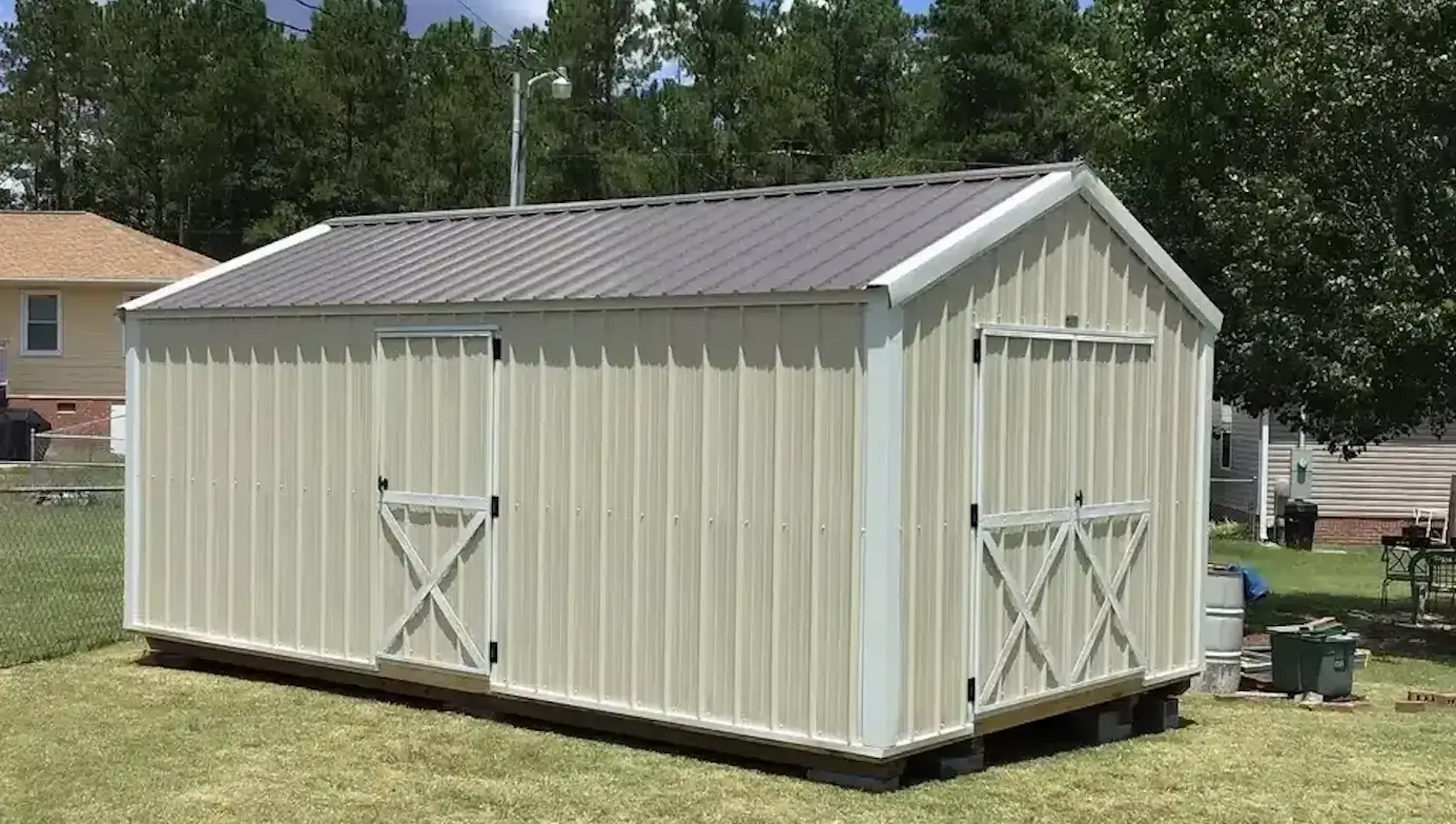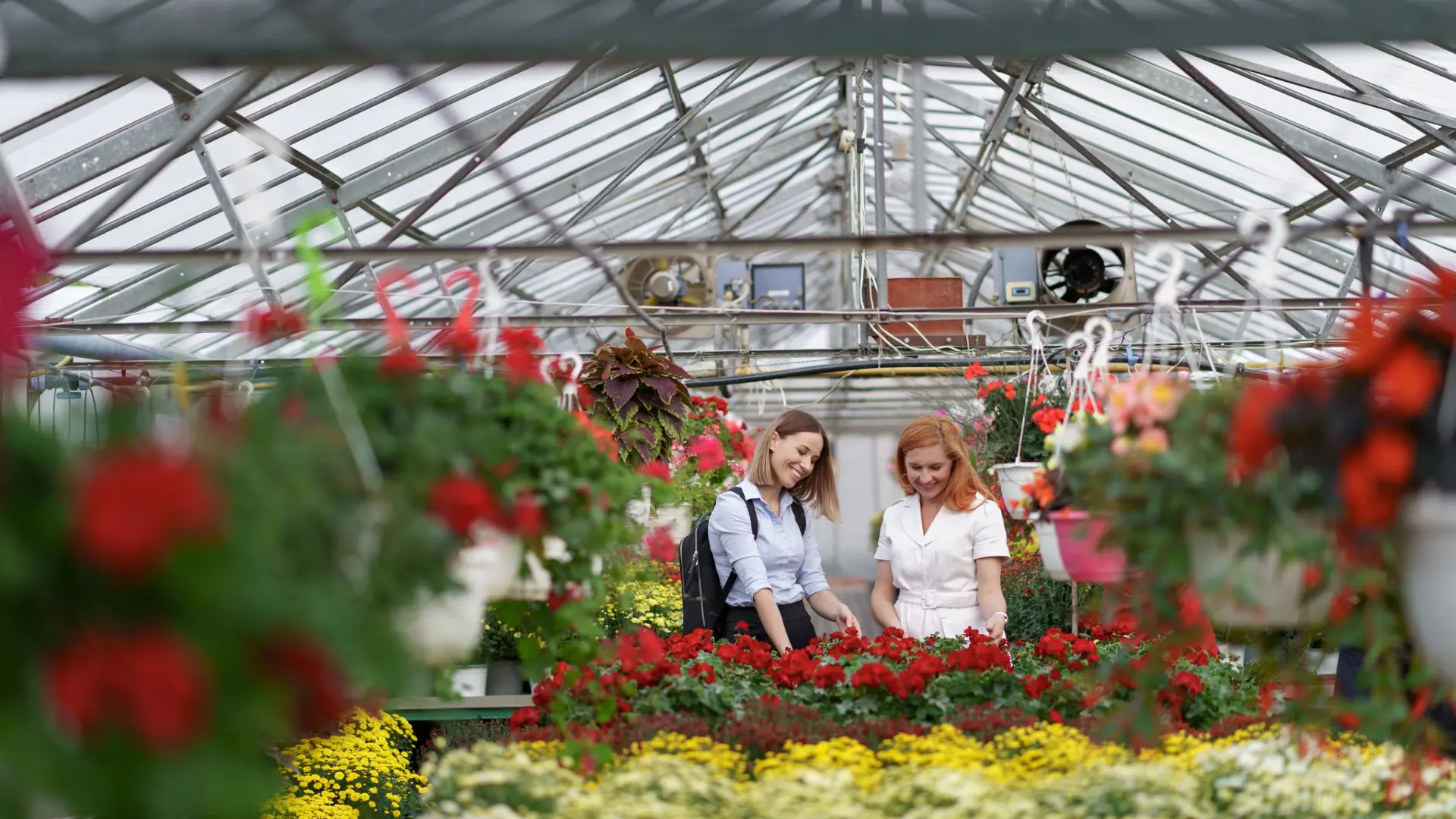
August 24, 2025

Thanks to greenhouses, the way that people grow plants is changing. New designs mean that growers can now harvest crops year-round, thanks to their investment in smart technology. Designed to sit on an iron and glass base powder-coated to resist rust, the greenhouse has three aluminum windows for airflow and consistent humidity, assisted by a roof-equipped automatic opener. They also conserve energy and cut down on the need for constant maintenance. That translates to extra time enjoying the garden and less time repairing the structure.
YourGreenHouses company is at the forefront when it comes to providing a durable, cost-effective greenhouse. Their heavy-duty frames are up to the challenge from gusty winds and heavy snow. The double-wall panels help keep the interior warm in winter and cool in summer. And their greenhouses are low-maintenance with flexible payment options.
This article explores how modern greenhouse systems boost plant growth, save energy, and help farms stay green.
Greenhouses have helped people grow food for hundreds of years. Old greenhouses used glass and wood. These materials break easily and don’t hold heat well.
Problems with Traditional Greenhouses:
Today’s greenhouses are stronger and smarter. Builders use galvanized steel and double-wall polycarbonate. These last longer and protect plants better.
Modern Upgrades:
Traditional vs. Modern Greenhouses
| Feature | Traditional | Modern |
|---|---|---|
| Frame Material | Wood or aluminum | Galvanized steel |
| Glazing Material | Glass | Double-wall polycarbonate |
| Weather Resistance | Low | High – wind & snow safe |
| Insulation | Poor | Excellent |
| Flexibility | Fixed | Expandable |
| Maintenance | High | Low |
A good greenhouse must be strong enough to handle all types of weather. Modern greenhouses use materials that are built to last.
Key Materials Used:
Advanced Insulation and Energy Efficiency
Maintaining a steady temperature is critical for year-round growing. Today’s greenhouses often use double-wall polycarbonate panels or other insulating materials. These panels trap heat during winter and reduce heat gain during summer.
This smart design lowers the need for constant heating or cooling. It saves energy, cuts costs, and creates a more stable environment where plants can thrive.
No two growers have the same needs. Today’s greenhouses are made to grow with you.
Flexible Design Options:
Key Greenhouse Features
| Feature | Benefit | Year-Round Impact |
|---|---|---|
| Durable Materials | Safe from harsh weather | Protects plants year-round |
| Insulated Panels | Keeps temperature steady | Uses less energy |
| Expandable Design | Grows with your needs | Fits small or big gardens |
YourGreenHouses company is setting a new standard in greenhouse innovation. With smart design, durable materials, and customer-first features, they offer solutions that go far beyond basic garden structures.
Why Choose YourGreenHouses?
Controlled Environment Agriculture (CEA) is changing the way we grow. By creating the perfect indoor climate, growers can improve plant growth, reduce waste, and grow crops all year long—no matter the season outside.
Modern greenhouses use smart systems to manage temperature, humidity, CO₂ levels, and lighting. These systems create the best environment for plants at every stage of growth.
Key Benefits:
| Control | Result |
|---|---|
| Temperature | Faster seed growth |
| Humidity | Healthier leaves |
| Light | More flowers and fruits |
Smart systems reduce guesswork.
Helpful Tools:
Controlled Environment Agriculture (CEA) helps plants grow faster and healthier all year long.
Sustainability is key in modern agriculture. New greenhouse systems are helping growers reduce energy use, protect the planet, and still grow amazing crops.
Insulated panels and reflective coatings help greenhouses hold heat in winter and stay cool in summer. This reduces the need for constant heating or cooling.
Energy-Saving Features:
| Type of Greenhouse | Avg. Energy Use (kWh/year) |
|---|---|
| Traditional Glass | 25,000 |
| Polycarbonate Panel | 14,000 |
| CEA with Automation | 9,500 |
Greenhouses reduce land use and use water more efficiently. Plus, many systems recycle runoff water and nutrients, cutting back on waste.
Eco-Friendly Practices:
Less waste. Fewer emissions. Better for the planet.
Greenhouses can fit almost anywhere—even on rooftops or in city centers. They help bring food closer to people, cutting down transport emissions and supporting local food systems.
Modern greenhouses support a greener, more food-secure future.
Picking the right greenhouse can feel overwhelming. But with a few smart steps, you can find a system that fits your space, goals, and growing style—whether you’re a hobby gardener or a commercial grower.
Start with your goals. Are you growing veggies for your family, flowers for fun, or crops to sell?
Think about:
Quick Tip: Choose a size that gives plants room to grow—but also room for you to walk, work, and water.
Size Guide:
| Grower Type | Size (sq. ft.) | Best For |
|---|---|---|
| Home Gardener | 6x8 to 8x12 | Herbs, small veggies |
| Hobby Grower | 10x16 to 12x20 | Mixed crops, all seasons |
| Commercial Grower | 20x30+ | Big crop production |
Time spent fixing a greenhouse is time not spent gardening. That’s why many growers prefer maintenance-free designs.
Low-maintenance features to look for:
With a smart design, you’ll spend less time on upkeep and more time growing.
Maintenance Checklist
| Feature | Benefit |
|---|---|
| Galvanized frame | No rust, long-lasting |
| Polycarbonate | Insulated and strong |
| Easy setup | Fast assembly |
Modern greenhouses are more than just places to grow plants—they support sustainable food production and help improve plant health all year long. Modern technology has allowed us to establish a dream greenhouse using powerful energy-saving and advanced technologies such as LED lighting, climate control, and solar panels.
Flexible Spaces for Every Grower
Whether it’s a classic colonial gable greenhouse or a cozy wooden greenhouse, today’s designs offer flexible greenhouse space that fits any garden or outdoor space. Abundant natural light and well-conceived layouts make it easy to care for plants and enjoy your green oasis.
Growing Food Year-Round with Sustainability
With these advances, farmers can grow food 365 days a year, while supporting sustainable agriculture. This contributes to food security and means that fresh, nutritious crops can be grown year-round, with a lower environmental impact than conventional agriculture.
Here’s a new chapter in greenhouse growing. With smart tech, flexible designs, and eco-friendly solutions, everyone from home gardeners to commercial growers can now raise fresh crops all year long. Regardless of snow, wind, or space restrictions, today’s greenhouse systems are more accessible, efficient, and sustainable than ever.
YourGreenHouses is breaking this mold by providing strong, durable, low-maintenance buildings that are constructed to last. With more than 100,000 satisfied customers worldwide and a 10-year downtime guarantee, this indoor gardening rack is a smart choice for your garden, indoors or out, and whatever the season.
When you select the right system and collaborate with reliable experts, such as YourGreenHouses, you are investing in a greener, more fruitful future for your plants and for the planet.
Disclaimer: This material is for informational purposes only and should not be relied on for legal, medical, financial, or other professional advice.
Sources:
ResearchGate- EVOLUTION OF GREENHOUSES: FROM A GARDEN ON THE WINDOWS TO A COMPLEX LIVING MECHANISM
Cornell University - Sustainable Greenhouses & Growth Chambers
Yes! With sound insulation, intelligent climate control, and durable materials, today’s greenhouses are designed to give plants the best possible environment, even during the cold months.
Not at all. Today's systems feature rust-resistant frames as well as UV-protected panels, which allow the systems to require less maintenance and you to spend less money on your garden.
So first, take stock of your space, climate, and objectives. Look into built-in types and check if it is insulation, warranty, and maintenance-free materials for a reliable option that checks Your GreenHouses, that offers durable, weather-resistant solutions designed to grow with you.